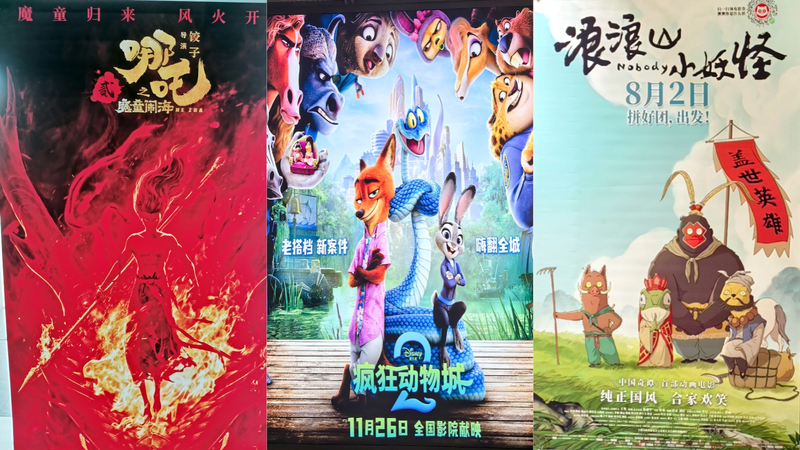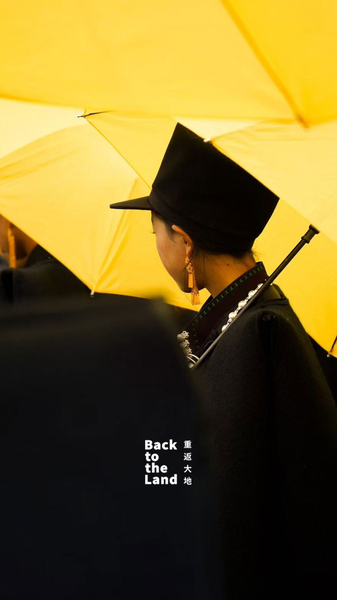For centuries, the rich exchange between China and Japan has left an indelible mark on the cultural landscape of Japan. Traditional arts such as the tea ceremony, ikebana, kendo, and calligraphy carry echoes of Chinese philosophy, aesthetics, and techniques.
The tea ceremony, celebrated for its calming simplicity and attention to detail, finds its roots intertwined with ancient Chinese tea practices. Ikebana, the art of flower arrangement, mirrors Chinese ideals of balance and natural beauty, transforming everyday blossoms into expressions of elegance. Even kendo, Japan's time-honored martial art, reflects a blend of discipline and strategy that resonates with historic Chinese martial philosophies. Meanwhile, Japanese calligraphy, with its graceful brushstrokes, continues to be inspired by the sophisticated traditions of Chinese calligraphy.
This enduring cultural legacy speaks to a creative dialogue that bridges generations and borders. In an era marked by global connectivity and innovative thought, these artistic expressions not only preserve a shared heritage but also inspire young global citizens, business innovators, and cultural changemakers alike. They serve as a reminder that art and tradition can unite diverse communities around a common story of transformation and renewal.
Reference(s):
Chinese culture leaves lasting mark on Japan's traditional arts
cgtn.com




